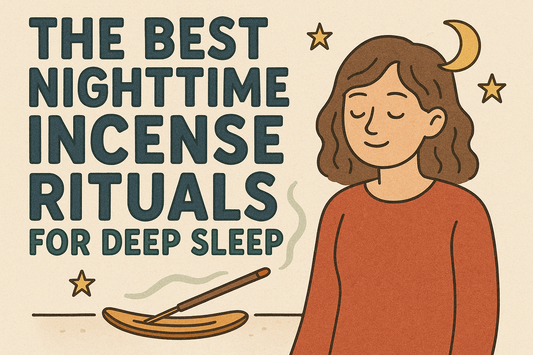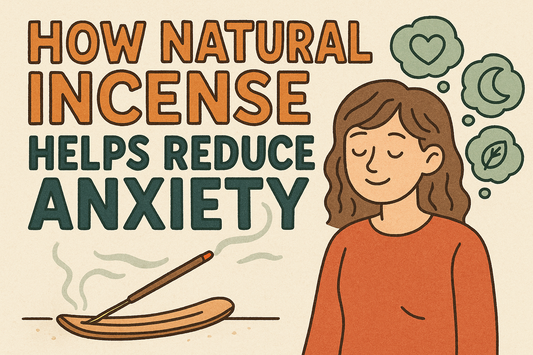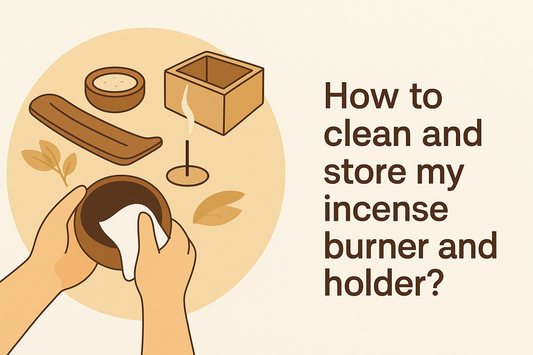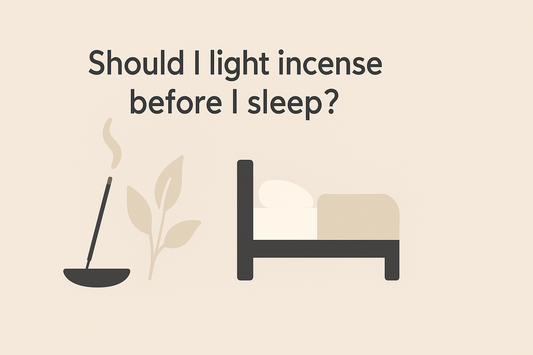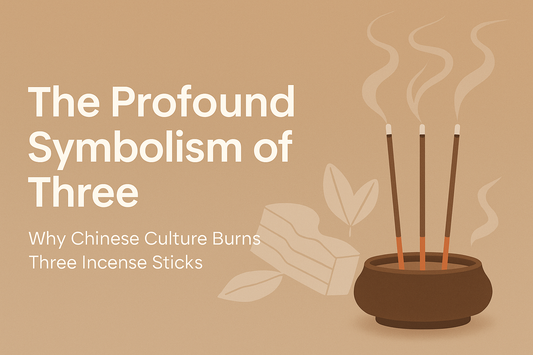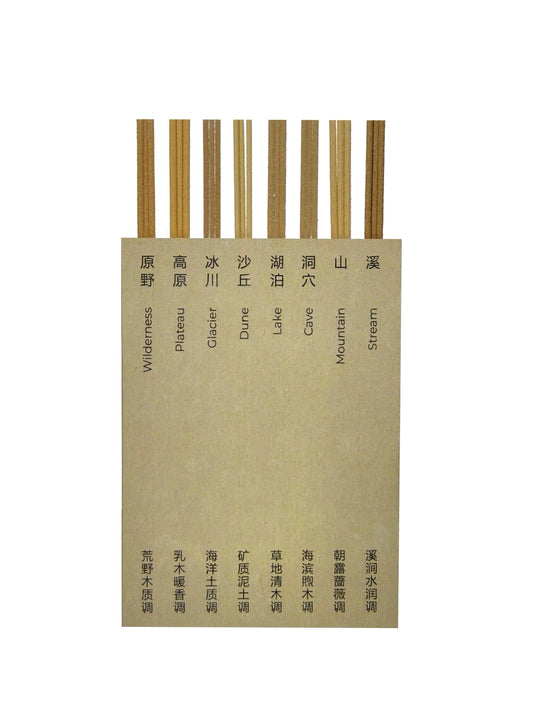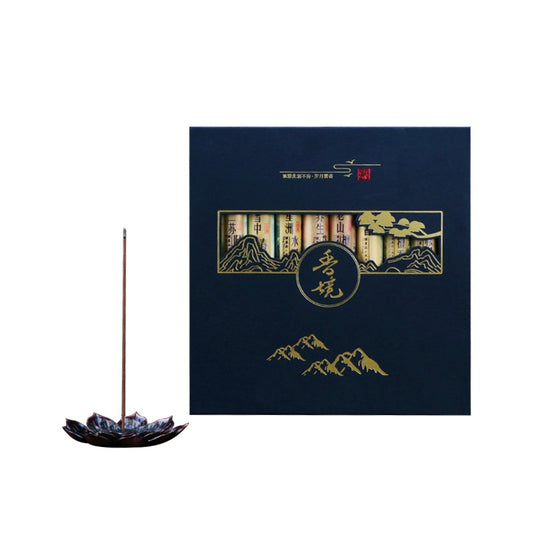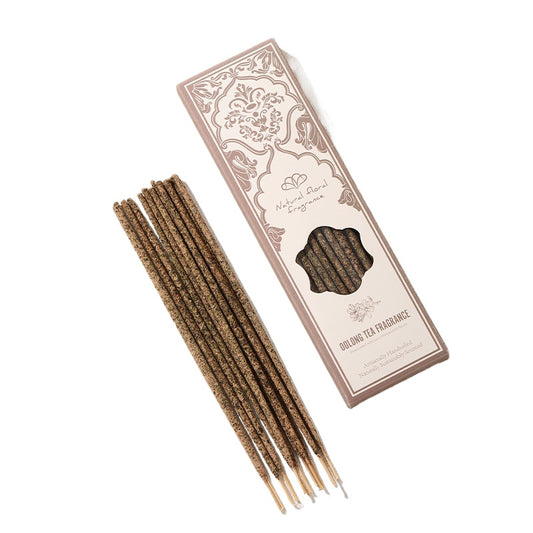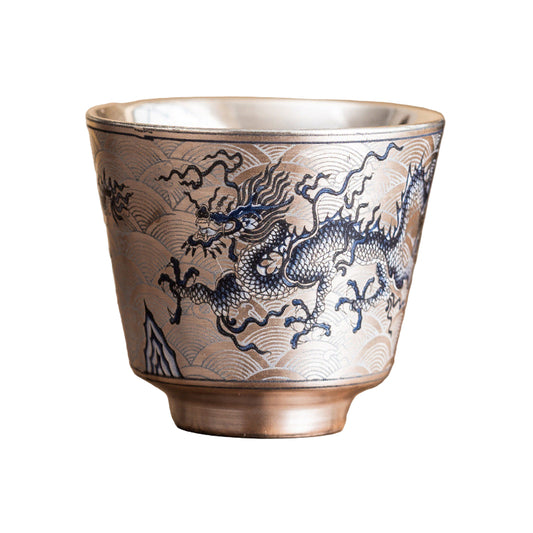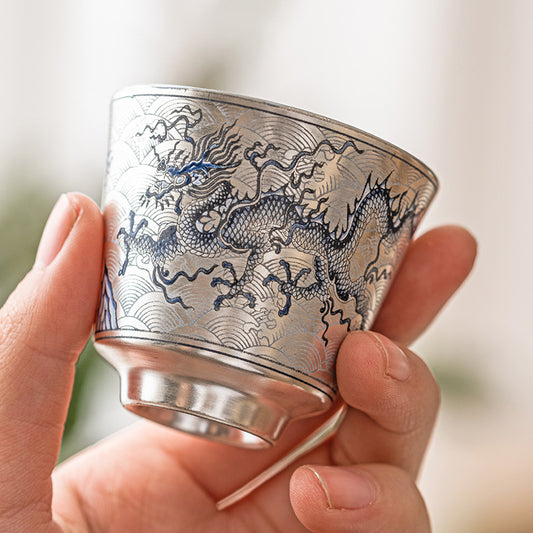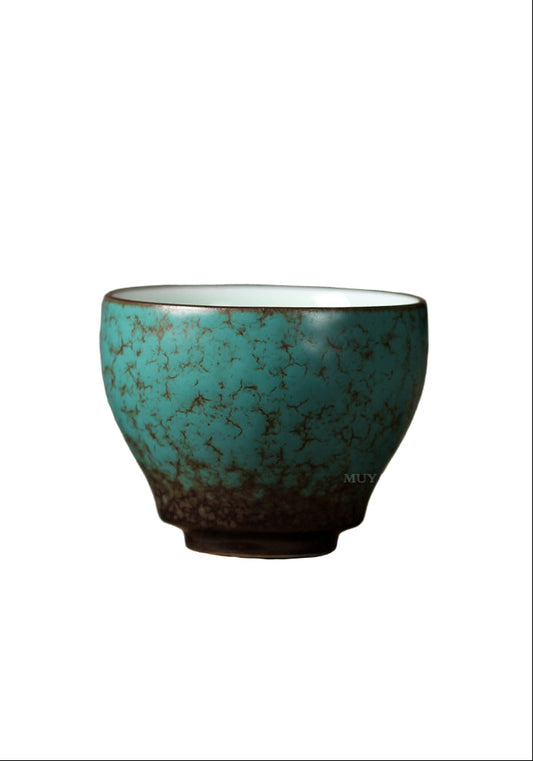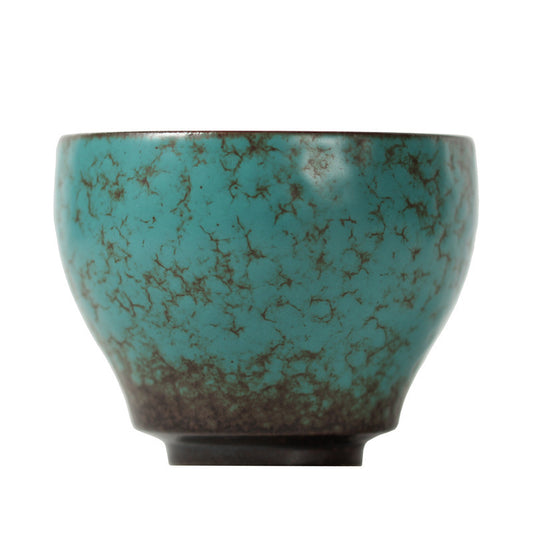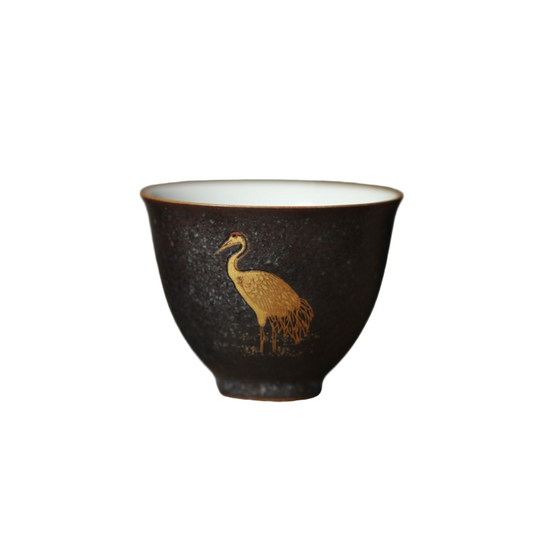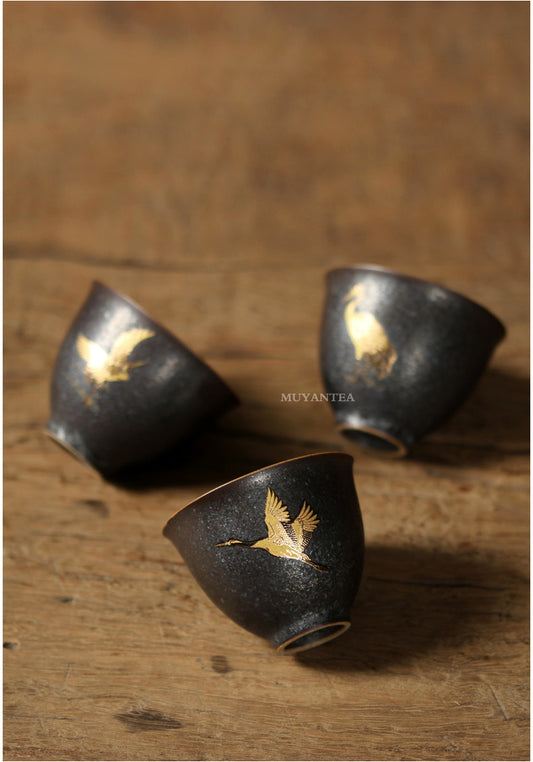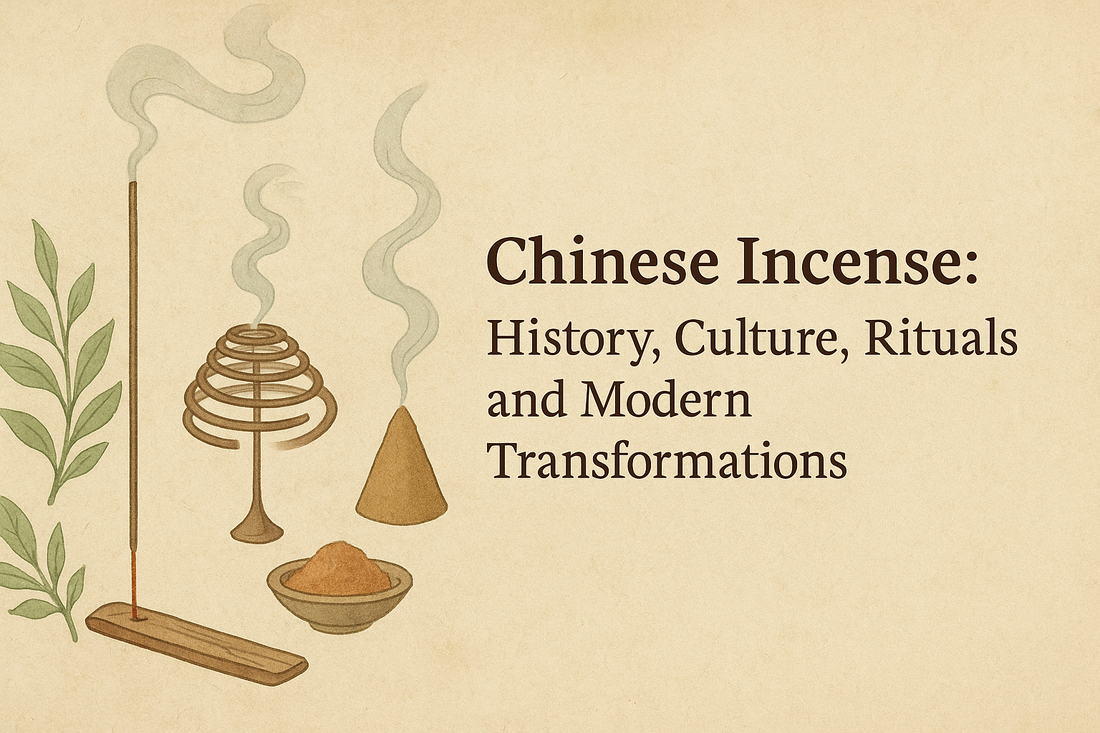
Chinese Incense: History, Culture, Rituals and Modern Transformations
Endless Smoke: Chinese Incense, Culture, Emotion and Evolution
Introduction: A single stick of incense—how does it carry the emotions of millennia? In Chinese civilization, incense is more than material; it is a spiritual medium linking history, culture, and human sentiment. Whether in solemn temple rituals or quiet alleyways, the rising smoke always connects people to their deepest, most genuine feelings. Incense is both a divine messenger and a companion of scholars, a bond of family lineage and a harbor of comfort for modern souls.
How has this slender stick become a symbol in Chinese emotional life? This essay explores its journey through history, emotional meaning, regional practices, and modern challenges.
Chapter 1: Origins and Evolution of Incense
1.1 From Sacrificial Smoke to Foreign Blends
The earliest form of “fragrance” was not incense as we know it, but the pleasant aroma of burning sacrificial offerings in pre-Qin rituals. Ancient people viewed smoke as a bridge between earth and heaven. Later, during Emperor Wu of Han, foreign resins such as frankincense and agarwood entered China via the Silk Road, enriching incense culture. With Buddhism’s arrival, incense burning became a symbol of purity and devotion, also adopted by Daoism as a way to convey sincerity to deities.
1.2 From Ritual to Aesthetic Life
By the Tang and Song dynasties, incense had transformed from ritual tool to cultural art. Scholars placed incense alongside music, chess, calligraphy, and painting, using it to create tranquil atmospheres. The refined art of warming incense without smoke emerged, elevating incense to a pursuit of elegance. With cheaper trade prices, incense spread to the common people, becoming part of daily life and a medium for self-cultivation and mindfulness.
Chapter 2: Incense as Tangible Emotion
2.1 Lineage and Family Bonds
“Incense fire” came to symbolize family continuity and ancestral worship. Rituals such as family sacrifices and grave visits made incense a projection of filial piety, with ash seen as sacred fire linking past and future.
2.2 Bridge Between Humans and Deities
Incense is often compared to a wireless signal transmitting prayers to heaven. Rising smoke is believed to carry messages to gods, while phenomena like sudden flare-ups (“incense fire rising”) are interpreted as divine responses. Practices such as burning the “first incense” at New Year reveal the desire for closer divine favor.
2.3 Healing and Introspection
In today’s fast-paced world, incense has shifted toward self-care and inner observation. Aromatic molecules can soothe stress and recall warm memories of home. Beyond religion, incense now aids meditation, mindfulness, and emotional healing.
| Emotional Attachment | Cultural Context | Core Meaning | Typical Practice |
|---|---|---|---|
| Lineage | Confucian filial piety | Continuity of family | Family sacrifices, grave rituals |
| Divine reverence | Folk & Buddhist-Daoist | Prayer, protection | Temple incense, seasonal rituals |
| Inner peace | Literati & modern wellness | Mindfulness | Study incense, meditation |
Chapter 3: Rituals and Regional Practices
3.1 Festivals and Family Traditions
Incense remains tied to seasonal festivals—from sending the Kitchen God at year’s end, to ancestor worship on Qingming, to mid-year rituals. Regional variations show China’s cultural diversity, such as fishermen burning incense to river gods in Anhui, or ethnic traditions incorporating local beliefs.
3.2 Temple Processions
In Taiwan’s large-scale processions, incense is the emotional bond uniting thousands. Carrying sacred ash from old temples to new ones symbolizes continuity of divine power, and the shared journey fosters strong community ties.
Chapter 4: Modern Challenges and the Future of Incense
4.1 Tradition vs. Environmental Concerns
Studies show incense smoke can release harmful particles, sparking environmental and health debates. Some temples encourage reduced burning or hand-folded prayer instead. The tension lies between visible ritual smoke and modern health awareness.
4.2 New Carriers: Eco and Digital Incense
Eco-friendly incense uses natural binders to reduce pollutants, while electronic incense offers smoke-free ritual substitutes. Online memorials also provide ways for distant families to participate in rituals, showing how the emotional essence of incense continues through new forms.
| Type | Core Function | Strengths | Weaknesses |
|---|---|---|---|
| Traditional incense | Emotion & ritual | Authentic, historical | Smoke, fire risk |
| Eco incense | Faith & health | Cleaner burning | Still some smoke |
| Electronic incense | Convenience | Safe, smoke-free | Lacks aroma, ash |
| Online memorials | Remote remembrance | No distance limits | Lacks physical ritual |
Conclusion: Endless Smoke, Everlasting Emotion
The value of incense far exceeds its material form. Whether traditional, electronic, or symbolic “incense of the heart,” what endures is filial respect, family belonging, reverence for the divine, and the pursuit of inner calm. Its transformations reflect resilience and cultural continuity in a changing world.
FAQ
What is the origin of Chinese incense?
It began in ancient sacrifices, developed with imported resins, and was embraced by Buddhism and Daoism as a spiritual medium.
What role does incense play in modern life?
Beyond rituals, incense now supports mindfulness, meditation, and emotional healing.
What is the future of incense?
Eco products, electronic incense, and online rituals are emerging, but the emotional essence remains unchanged.
Discover More in Monian
Explore our handcrafted incense holders and natural incense collections designed to bring peace and elegance to your space.
Discover Now

